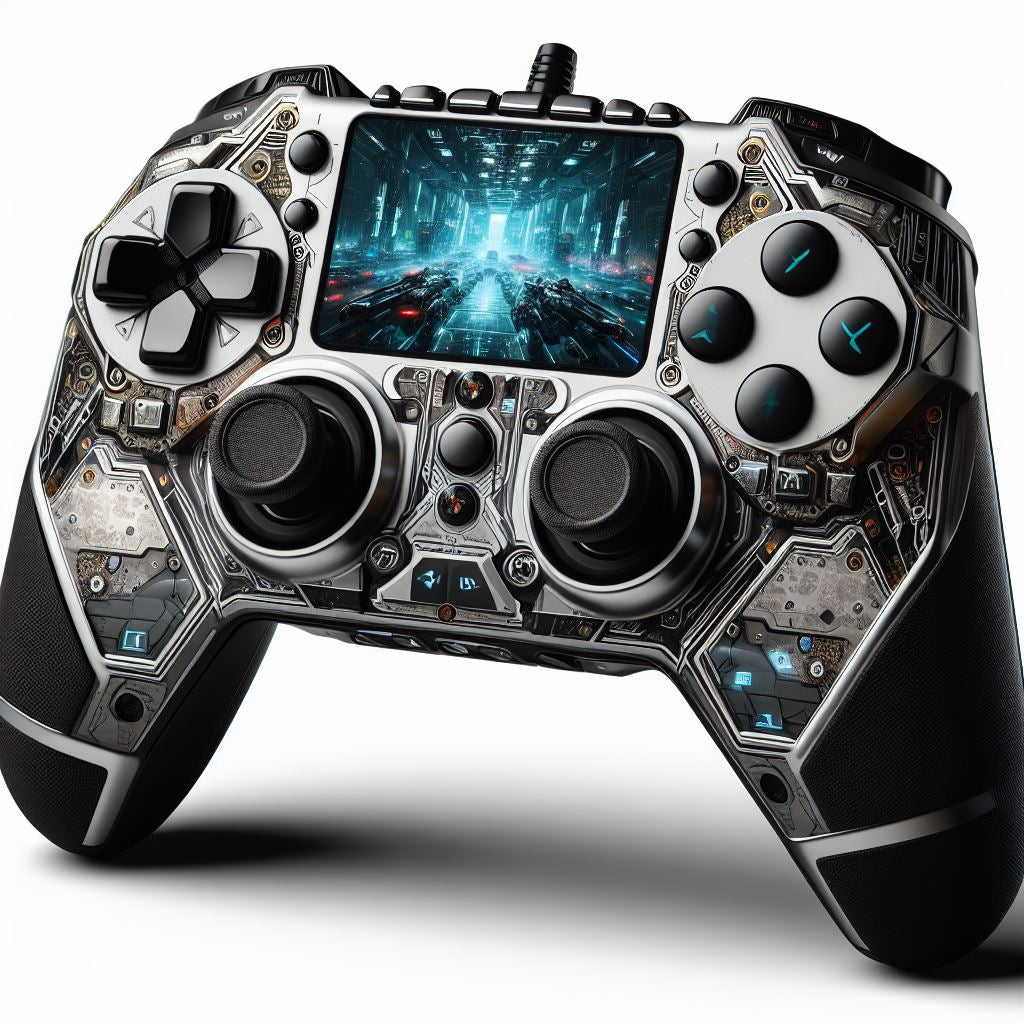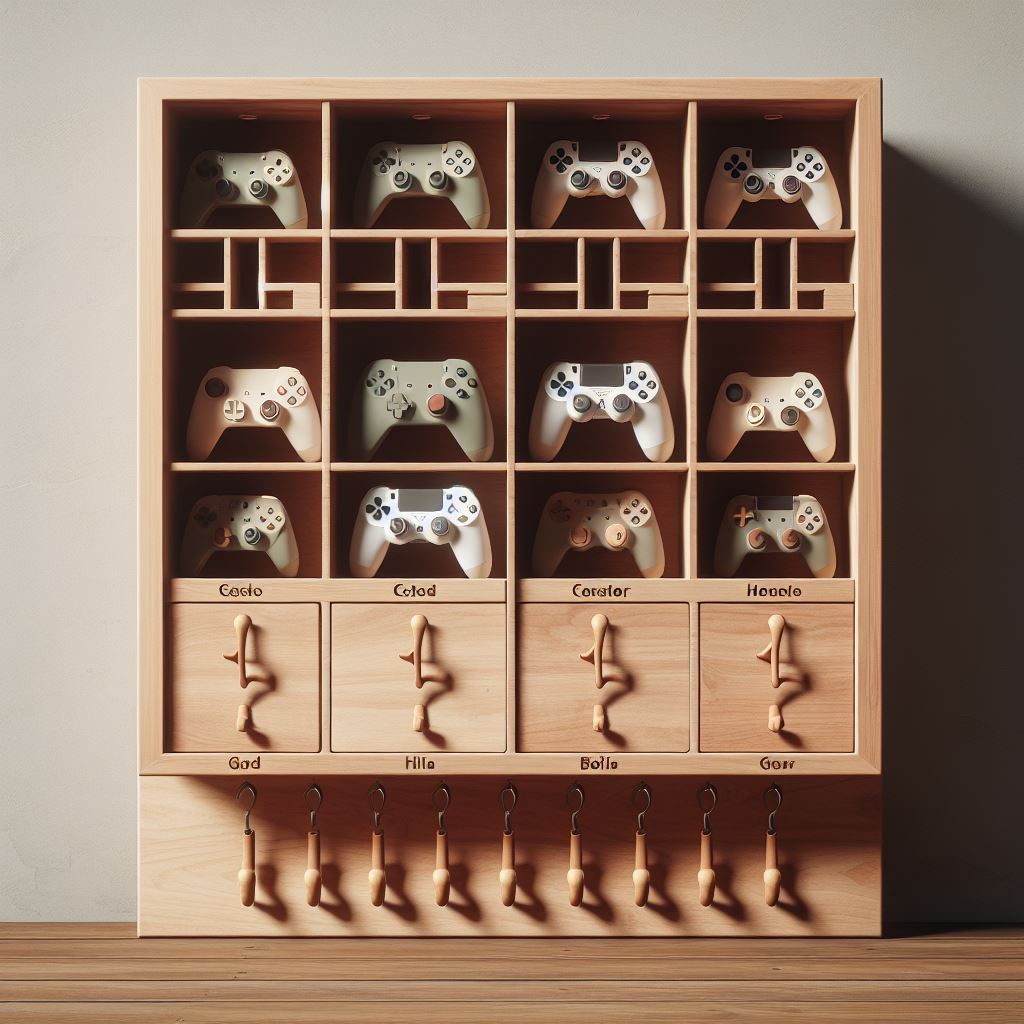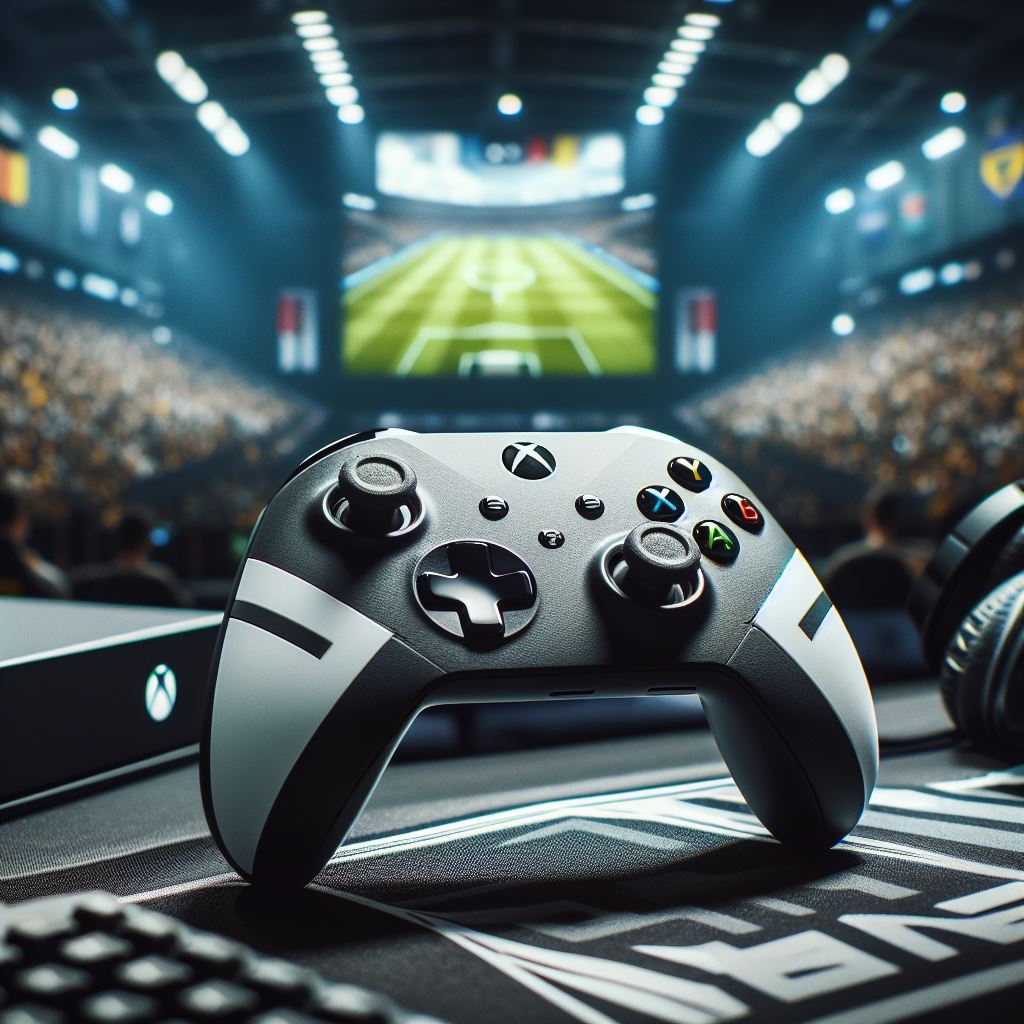In the dynamic world of gaming, where technology is constantly evolving, custom controllers have become an integral part of the gaming experience. Gamers are no longer satisfied with the generic controllers that come with their gaming consoles; instead, they seek personalized, high-performance controllers that enhance their gameplay. However, even the most meticulously designed custom controllers can become outdated over time. In this comprehensive guide, we will explore the signs that indicate when a controller needs an upgrade, delve into the latest trends and innovations in controller design, and provide a step-by-step guide for implementing design changes. To make these concepts tangible, we'll illustrate them with real-world case studies that showcase the transformative power of refreshing controller design features.
Signs Your Controller Needs an Upgrade
Wear and Tear:
Over time, continuous use can lead to wear and tear on the physical components of a controller. Buttons may become less responsive, analog sticks may lose precision, and the overall build quality may deteriorate. If you notice signs of physical degradation, it's a clear indication that your controller is due for an upgrade.
Outdated Technology:
Gaming technology is advancing at a rapid pace, and controllers are no exception. New features such as haptic feedback, adaptive triggers, and improved connectivity are constantly being introduced. If your controller lacks these cutting-edge features, it may be time to consider an upgrade to stay competitive in the gaming landscape.
Changing Gaming Preferences:
As your gaming preferences evolve, so should your controller. If you've shifted from casual gaming to competitive play, or if you've developed a preference for specific genres, your controller should align with these changes. Upgrading your controller to meet your evolving needs ensures a more immersive and enjoyable gaming experience.
Compatibility Issues:
Gaming platforms and software are frequently updated, and older controllers may face compatibility issues with new releases. If you find that your controller is no longer compatible with the latest games or gaming platforms, it's a strong signal to consider an upgrade.
Latest Trends and Innovations in Controller Design
Haptic Feedback and Adaptive Triggers:
The introduction of haptic feedback and adaptive triggers has revolutionized the gaming experience. These features provide a more tactile and immersive feel, allowing gamers to sense the environment within the game. Upgrading to a controller with haptic feedback and adaptive triggers can significantly enhance your gaming experience.
Customizable Button Layouts:
Modern controllers often come with customizable button layouts, allowing gamers to tailor the controller to their preferences. Whether you prefer a traditional layout or want to experiment with a more unconventional setup, a controller with customizable button layouts gives you the flexibility to optimize your gaming performance.
Wireless Connectivity and Low Latency:
The days of tangled wires are becoming obsolete as wireless controllers with low latency become the standard. Upgrading to a controller with seamless wireless connectivity not only reduces clutter but also ensures a lag-free gaming experience, particularly crucial for competitive gamers.
Integrated Touchscreens and Displays:
Some controllers now feature integrated touchscreens or displays, providing additional information and controls without taking your eyes off the game. This innovative design can be a game-changer, offering new possibilities for interaction and enhancing the overall gaming interface.
Step-by-Step Guide for Implementing Design Changes
Assessment of Current Controller:
Begin by thoroughly assessing your current controller. Identify the specific areas that need improvement, whether it's physical wear, outdated technology, or a lack of essential features. This assessment will serve as the foundation for your design changes.
Research and Stay Updated:
Stay informed about the latest advancements in controller technology. Research new features, innovations, and design trends that align with your gaming preferences. This knowledge will guide you in making informed decisions about the upgrades you want to incorporate.
Choose a Customization Approach:
Decide whether you want to upgrade your existing controller or invest in a completely new custom controller. Customization options vary, from replacing individual components to designing a controller from scratch. Choose an approach that suits your budget, preferences, and technical skills.
Selecting Components and Features:
If upgrading specific components, carefully select replacement parts that address the identified issues. For a full customization, choose features that align with the latest trends and your gaming style. This may include haptic feedback, customizable button layouts, or advanced connectivity options.
Design and Aesthetics:
Consider the aesthetic aspect of your custom controller. Whether you prefer a sleek and minimalist design or a bold and vibrant appearance, choose colors, textures, and finishes that resonate with your personal style. Many gaming accessory manufacturers offer customization options to create a visually appealing and unique controller.
Implementation and Testing:
Implement the chosen design changes, whether it's replacing components or assembling a new controller. During this phase, it's crucial to test the functionality of each feature to ensure they work seamlessly together. Testing will help identify any potential issues that need to be addressed before finalizing the design.
Optimization and Fine-Tuning:
After the initial testing, optimize and fine-tune your custom controller. Adjust sensitivity settings, button configurations, and other parameters to create a controller that feels intuitive and responsive. This step is essential for achieving a personalized gaming experience tailored to your preferences.
Conclusion
Upgrading your custom controller is not just about keeping up with the latest trends; it's a personalized journey to optimize your gaming experience. By recognizing the signs that indicate when a controller needs an upgrade, exploring the latest trends and innovations, and following a step-by-step guide for implementation, you can create a custom controller that aligns with your evolving gaming preferences. The real-world case studies presented highlight the tangible impact of thoughtful design changes, emphasizing the transformative power of upgrading your custom controller. Whether you're a casual gamer or a competitive player, investing in a refreshed controller design can elevate your gaming experience to new heights.




Leave a comment
This site is protected by hCaptcha and the hCaptcha Privacy Policy and Terms of Service apply.